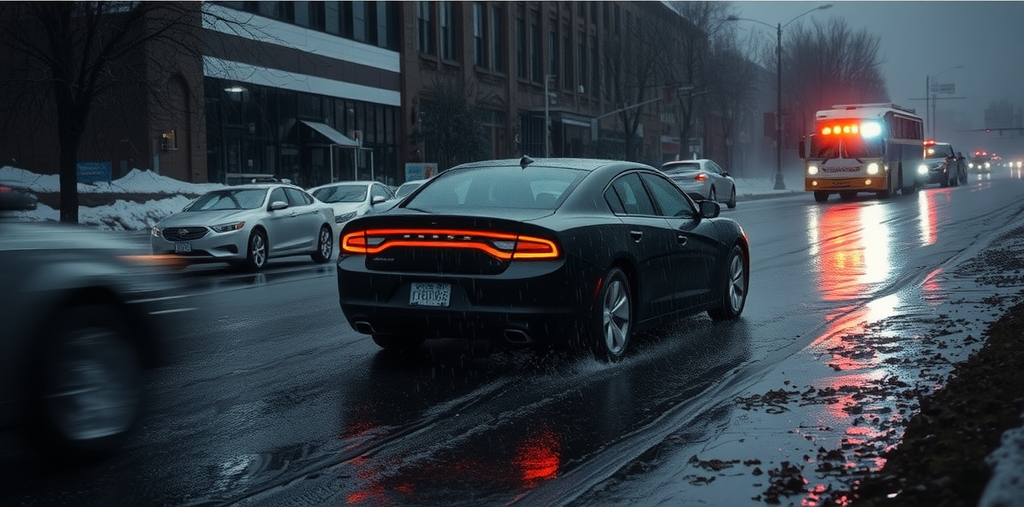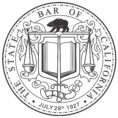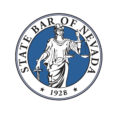How Weather Conditions Affect Personal Injury Claims

Whether it’s a slip-and-fall on an icy sidewalk, a car crash during a downpour, or a workplace injury during extreme heat, adverse weather can play a critical role in determining liability, negligence, and compensation. You may be able to pursue compensation for your personal injury.
Understanding how weather influences the circumstances of an accident and how insurers and courts evaluate it is essential for victims pursuing a personal injury claim. In this article, we’ll discuss how different types of weather conditions impact personal injury claims, what challenges they present, and how an experienced lawyer can protect your rights.
Types of Adverse Weather Conditions That Can Lead to Accidents
In California, there is a wide range of weather conditions, which can vary by season and region.
Some common weather-related factors include:
- Rain: Rain reduces visibility and road traction, significantly increasing the chance of vehicle collisions and slip-and-fall accidents. Hydroplaning accidents are common, especially at higher speeds.
- Snow or ice: Snow and ice can create treacherous walking and driving conditions. Property owners have a legal obligation to remove snow and ice from sidewalks, parking lots, and entryways within a reasonable amount of time.
- Fog: Fog can severely limit visibility, leading to multi-car pile-ups and pedestrian accidents. Drivers must use fog lights, reduce speed, and maintain extra distance between vehicles.
- High winds: Strong winds can blow debris into roads, knock over trees or power lines, and make driving difficult, especially for high-profile vehicles like trucks or vans.
- Smog: Smog is an issue in some parts of California. Smog, similar to fog, can reduce visibility and increase the likelihood of an accident.
- Extreme heat or cold: Weather extremes can also indirectly contribute to injuries such as heatstroke, frostbite, or dehydration, especially for outdoor workers.
Car Accidents and Bad Weather
Inclement weather is a common factor in traffic collisions. Rain can reduce visibility and traction, while snow and ice make roads slippery and dangerous. The National Highway Traffic Safety Administration (NHTSA) estimates that around 21 percent of motor vehicle crashes are weather-related.
Let’s consider some examples of how car accidents and weather conditions may be analyzed when determining liability:
- Driving behavior: Was the driver speeding, tailgating, or failing to use headlights in low visibility conditions?
- Vehicle maintenance: Were the tires worn out or the windshield wipers malfunctioning?
- Road conditions: Were roads untreated or poorly maintained by government entities?
These factors can all influence fault and liability. Insurance companies and attorneys will look at how the weather influenced the actions of each party to determine fault.
Slip-and-Fall Accidents Due to Ice or Rain
Weather-related slip and fall injuries are especially common during the colder months. Property owners have a legal responsibility to take reasonable steps to remove ice, snow, or excess water to prevent accidents.
The following factors may be considered when determining whether the property owner or manager was negligent:
- Maintenance records: Were there logs showing snow removal or de-icing procedures?
- Timeliness: How long did the property owner wait before clearing walkways or putting out warning signs?
- Recurring hazards: Were there ongoing drainage or other issues left unaddressed?
Workplace Injuries and Outdoor Conditions
Some workers, such as construction crews, delivery drivers, agricultural employees, or utility workers, face risks when the weather is extremely hot or cold. Employers must account for these hazards by implementing safety protocols and providing proper gear.
Failure to accommodate weather-related dangers can result in workers’ compensation claims or even third-party liability lawsuits in cases of gross negligence.
Gathering Evidence in Weather-Related Personal Injury Claims
One challenge in weather-related accident cases is that evidence can disappear quickly. Snow melts, puddles evaporate, and winds stop blowing.
Try to collect the following types of evidence as soon as possible after your accident:
- Photographic and video evidence: Capture images or video of the accident as soon as possible. This includes icy sidewalks, pooled water, damaged property, or low visibility conditions.
- Weather reports and expert testimony: Local weather data from the National Weather Service or news outlets can establish conditions at the time of the incident. In complex cases, a meteorologist may be brought in as an expert witness to explain the conditions and whether the defendants should have anticipated the risks.
- Maintenance and safety records: For incidents on commercial or municipal property, records showing (or lacking) snow removal, salting, drainage maintenance, or inspections can support a negligence claim.
- Witness statements: Eyewitnesses can corroborate weather-related hazards and verify whether safety measures (such as warning signs, salt on sidewalks, or use of headlights) were used appropriately.
- Police accident reports: Official police reports often note weather conditions and may include statements from responding officers that reinforce your claim.
How Weather Affects Liability and Insurance
While poor weather can be a contributing factor, it doesn’t eliminate the legal duty individuals and entities owe to others. Property owners, drivers, and businesses are still expected to take reasonable precautions to prevent foreseeable harm — even when nature makes it more difficult.
Consider some factors that could affect liability:
- Premises liability: Property owners are responsible for maintaining safe conditions on their premises. For example, if someone slips on an icy sidewalk that wasn’t salted or cleared in a timely manner, the owner could still be found negligent.
- Auto accidents: Drivers must adjust their driving behavior based on the weather. If someone is speeding during a rainstorm or fails to use headlights in foggy conditions, he or she can be held liable — even if the weather contributed to the accident.
- Comparative negligence: Many states, like California, follow comparative negligence rules. This means that liability can be shared. If both parties involved in an accident fail to take appropriate caution given the weather, courts or insurance adjusters may assign a percentage of fault to each party.
- Predictability: A sudden, unpredictable flash flood or a sudden patch of fog might be considered an “Act of God” — an unforeseeable event that makes liability harder to establish. However, if weather conditions were known and reasonably foreseeable, individuals and businesses have a duty to take precautions.
How a Personal Injury Lawyer Can Help Following a Weather-Related Accident
Adverse weather conditions can introduce a layer of complexity to your personal injury claim. An experienced personal injury lawyer can serve as your advocate, investigator, and legal strategist.
Here are some ways your lawyer can help:
- Conducting a thorough investigation: Your personal injury attorney will gather evidence quickly to establish how the weather contributed to the accident and who is at fault.
- Securing expert testimony: In some cases, expert witnesses such as meteorologists, accident reconstruction specialists, or property maintenance experts may be brought in to explain how weather conditions factored into the accident.
- Dealing with insurance companies: Insurance adjusters may try to blame the weather to reduce or deny your claim. A lawyer knows how to counter these tactics and present a strong case for compensation.
- Establishing negligence: Your attorney will build a case around whether the at-fault party failed to take reasonable precautions given the known weather conditions, such as driving recklessly during a rainstorm.
- Maximizing compensation: A skilled personal injury lawyer will fight to ensure you’re compensated not only for immediate medical expenses and lost wages but also for long-term effects like pain and suffering or diminished earning capacity.
Protecting Your Rights in All Weather Conditions
If someone’s negligence contributed to your accident, you have the right to pursue justice and compensation. Whether you were injured in a car accident during a downpour or slipped on an icy entrance at a store, you may be entitled to compensation.
At Harker Injury Law, we understand how to navigate the complexities of weather-related claims. Our experienced personal injury attorneys will help you build a strong case, gather crucial evidence, and stand up to insurance companies looking for a way out.
We are experienced in identifying how environmental factors contribute to accidents and in building strong cases that reflect the full scope of our clients’ injuries and losses. Contact us today to schedule a free consultation, and let us help you weather the legal storm.










